 |
 |
 |
| Japanese - English |

- Program Outline
- Rotational Training Flowchart
- Shuseiki Center (K-CAPPIC)
- Shuseiki Center Training
Shuseiki Center (K-CAPPIC)

Pre-Training Educational Seminar
Before entering the Shuseiki training program, interested applicants must first participate in a pre-training seminar where they will obtain the necessary knowledge, mindset, and techniques to continue further perinatal training. This seminar adopts PBL (problem based learning) methods. In addition, significant elements of the course are conducted using medical English to prepare students for the overseas training component.
Though students bring their strengths in self-study and independent thought to the table, group teamwork is necessary. Members always proceed guided by the symptoms and actual conditions of patients they have faced, their own self study, etc. ? in short, considering all available sources of information in order to best handle their particular case. That information is then shared with members of all teams who are engaged in similar cases. These lessons can then be transferred to actual health care situations. Having internalized this approach, members who participate in this training should then draw upon it in future training and actual practice. This is essentially the goal of PBL.
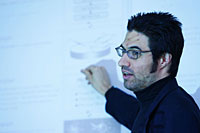 |
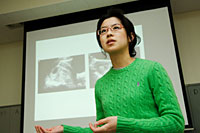 |
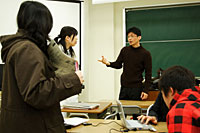 |
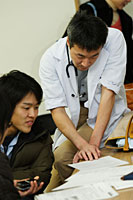 |
Ā°Sim CAPPIC (Simulation Center)
After completion of the PBL pre-training seminar and before rotational training, select students participate in hands-on perinatal training in CAPPICĀfs simulation center. This workshop uses simulators in focusing on basic techniques necessary for pregnant woman/newborn/infant primary care. This pre-rotational education training provides an experience close to actual medical care.
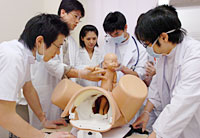 |
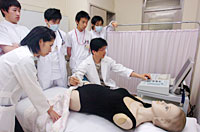 |
Ā°Rotational Training
Students who complete the pre-training and simulation seminars can then take part in Shuseiki Rotational training.The Shuseiki study team is composed of 5th and 6th year medical students, together with specially appointed tutors and residents. They train at both in-prefecture and out-of-prefecture clinics and hospitals, and receive the direct guidance of rural physicians while studying the practice of perinatal care. Specifically, the students and residents, under the lead of the tutors, travel and study as formal members of the team at a clinic or hospital in an underpopulated area of Ishikawa prefecture, where in addition to daily examinations they also participate in the night shift. At inner city clinics and hospitals, under the aforementioned tutors' guidance, they observe diagnostic interviews, health checks, operations and a variety of treatments in a practical clinic setting. Finally, select 6th year students will study for several weeks at foreign universities, where it is felt the international atmosphere will be conducive to an exchange of information and ideas. We hope this opportunity will yield a global perspective, allowing them to expand their views beyond what they have experienced up to that point in Japanese perinatal practice.
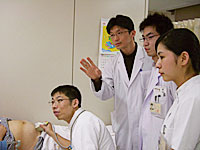 |
Kanazawa University School of Medicine
920-8641 Ishikawa Prefecture, Kanazawa City, Takura-machi 13-1
Copyright(c) Center for the Advancement of Pregnancy/Perinatal/Infant Care
Kanazawa University (K-CAPPIC) All Rights Reserved.